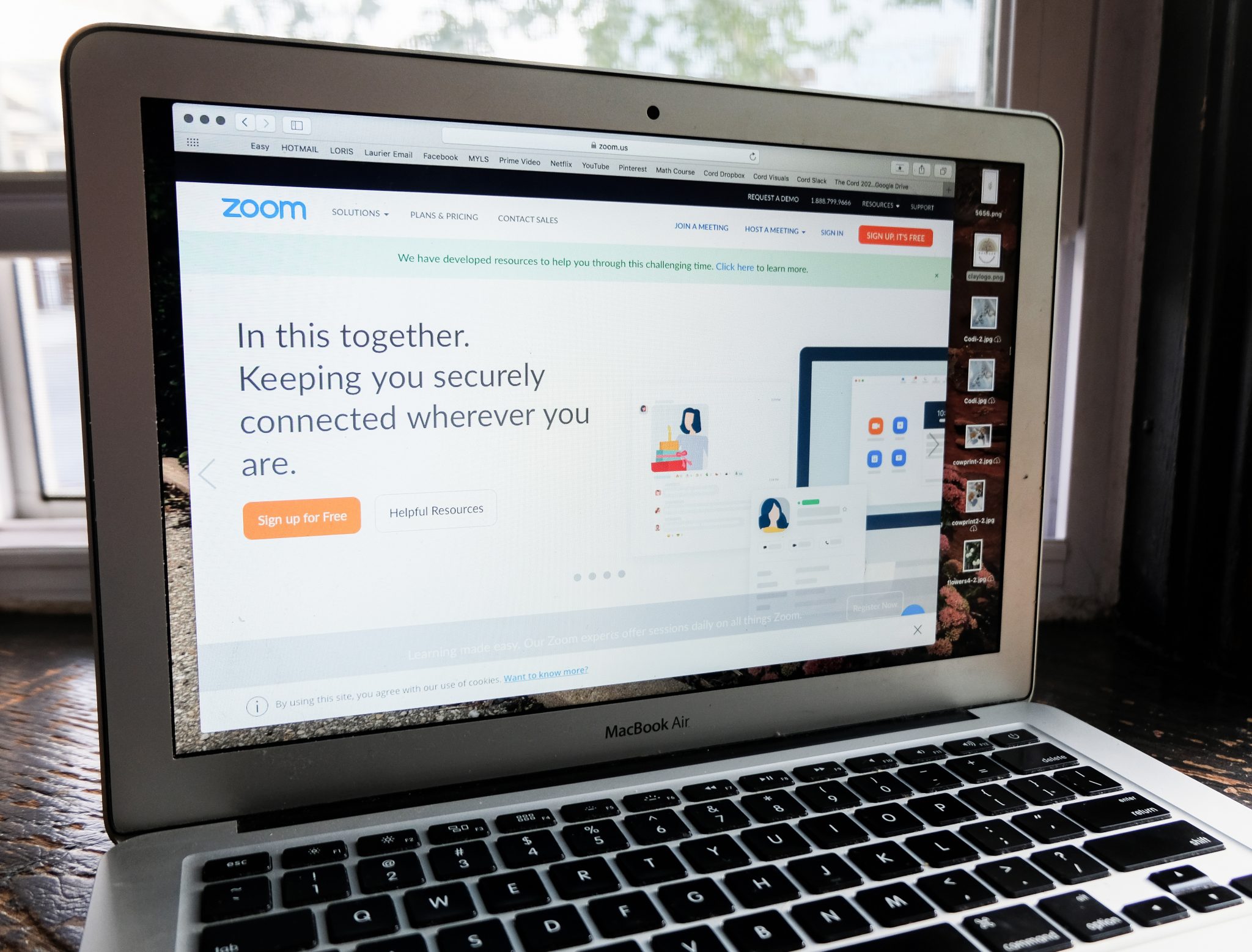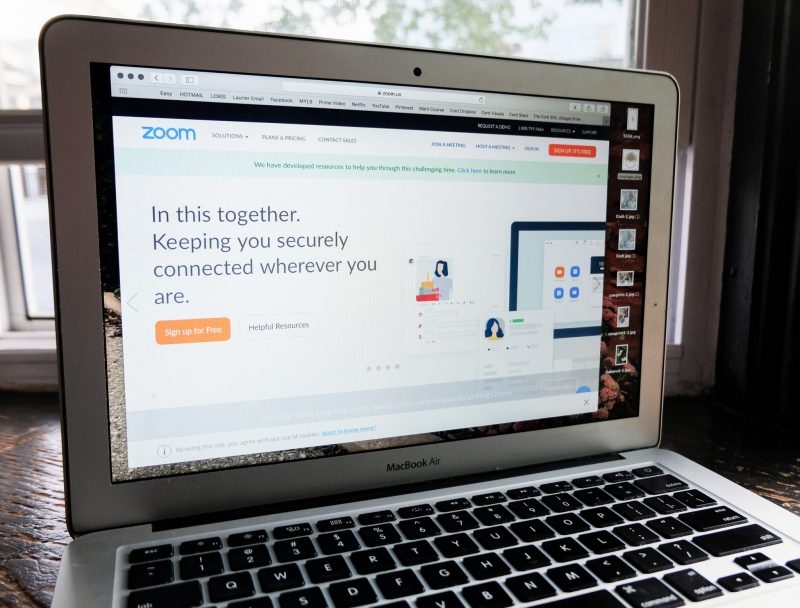Challenges and opportunities for elementary schools in a post-COVID-19 framework


Elementary school teachers and students returned to classrooms this fall with few COVID-19 restrictions in place.
“It’s definitely closer to what it was as far as normal is concerned in school,” Maria Cantalini-Williams, dean of Wilfrid Laurier University’s faculty of education, said.
“I think the challenges were greater in the past. I think now there’s a great enthusiasm … there’s so much more opportunity for fun and play,” Cantalini-Williams said.
Teachers and students alike, while both challenged by the pandemic, have come out on the other side with important lessons learned.
I think what we’ve learned about is a lot more about technology, about being innovative [and] the idea that we can be so flexible with our learning … in so many ways we’ve accelerated like ten years.
Maria Cantalini-Williams, dean of Wilfrid Laurier University’s faculty of education
For teachers, leaps and bounds were made in innovative teaching approaches. One example is the increase in the popularity of a strategy called the ‘flipped classroom.’
The flipped classroom strategy combines technology with traditional, in-person, teaching by assigning videos or power points and asking students to come to class prepared to discuss their contents.
“[The flipped classroom] is at least fifteen years old, so it’s not new … I think that’s a creative strategy that has now been used more than in the past,” Cantalini-Williams said.
One benefit that comes with involving technology in this way, though surely students would disagree, is the ability to turn otherwise wasted days (i.e., snow days) into productive ones.
“We’ve now realized too that you don’t have to cancel school for a ‘snow day,’ that you could use the snow day to do some online activities, so that’s a big change,” Cantalini-Williams said.
Cantalini-Williams also noted that COVID-19 adaptation strategies raised questions, and opportunities, about sustainability and schooling.
Questions like “do we need everybody to drive to school every day?”
“Who knows, maybe the school week will become four days or something and one will be an online day,” Cantalini-Williams said.
“I think what we’ve learned about is a lot more about technology, about being innovative [and] the idea that we can be so flexible with our learning … in so many ways we’ve accelerated like ten years.”
Students, like teachers, became more reliant on technology for the deliverance of educational materials. It is less clear; however, whether or not this reliance is as positive as the case for teachers.
“Chrome books [were] something they relied so heavily on, because that’s what they’ve known for the last couple of years was using chrome books to do their work, chrome books to support them in their understanding,” Brianna Schwartz, a second year bachelor of education student and teacher candidate at WLU said.
“When we would have chrome book breaks, a lot of students would struggle, whether it’s not being able to keep attention or some students would lay on the floor to listen to the lesson because they couldn’t just sit in their desk.”
Despite these difficulties, Schwarts said that so many students were excited to be back.
Students might also have benefited from learning valuable skills like independence during the pandemic. For students who did not have a parent guiding them through lessons, the onus was largely on them to take away the most they could from online lessons.
“I think it all depends on the circumstance and the motivation of the students,” Schwartz said.
“So, there were positives, but a lot of behaviour and attention negatives as a result of COVID.”
In Schwartz’s experience, the education system was fit to deal with these new challenges as well.
The school where Schwartz completed a placement last year implemented a class called guidance, where the focus was “building those social and emotional skills” that may have been stagnant during the pandemic, “like learning how to deal with your feelings [and] learning about how to act in the real world.”
Schwartz is excited to return to a placement position this year to implement the lessons she learned last year and to “have the opportunities to go out and do more things with less restrictions.”
For instance, the return of field trips will allow educators to engage in more hands-on learning activities with their students, like pond studies.
Teachers and students have faced challenges from the pandemic for the last two years, but this has not been without meaningful growth in important areas. As this school year begins with less restrictions in place, elementary and secondary schools will look different, but they might run more efficiently with new advancements in innovative teaching strategies.

